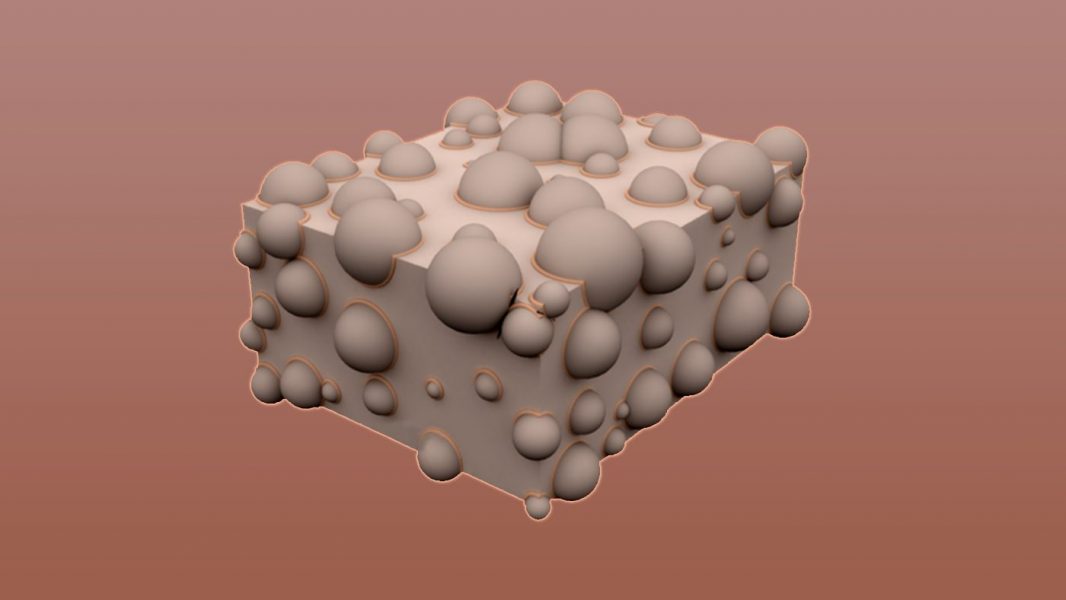As our dependence on portable electronic devices increases and the global electric vehicle market grows, batteries with superior performance are required to minimize cost and environmental impact.
In Advanced Energy Materials, Dr. Younes Ansari, Dr. Young-Hye La, and their co-workers from IBM Research, design a reinforced glass microfiber membrane (RGMF) as a separator for sodium–oxygen batteries.
The RGMF membrane is fabricated by infusing either sodium-ion conductive ceramic (β-RGMF) or non-conductive ceramic (α-RGMF) particles into a thin layer of glass microfiber framework, along with sodium alginate as a binder.
A cell containing an alkali solution of glucose and methylene blue was assembled to test the oxygen diffusivity through a RGMF membrane. When oxygen gas is bubbled through one side of the cell, the non-oxygenated side remains colorless, demonstrating the membrane’s impenetrability.
An in situ atomic force microscopy study shows that the micrometer-sized sodium superoxide particles formed on the cathode remain intact when subjected to the ultra-dry electrolyte conditions inside a sodium–oxygen battery, proving the stability of the discharge product.
A battery based on the β-RGMF membrane shows remarkable cyclability, significantly outperforming batteries with α-RGMF and unreinforced membranes.
To find out more about this reinforced membrane for stable sodium–oxygen batteries, please visit the Advanced Energy Materials homepage.

















